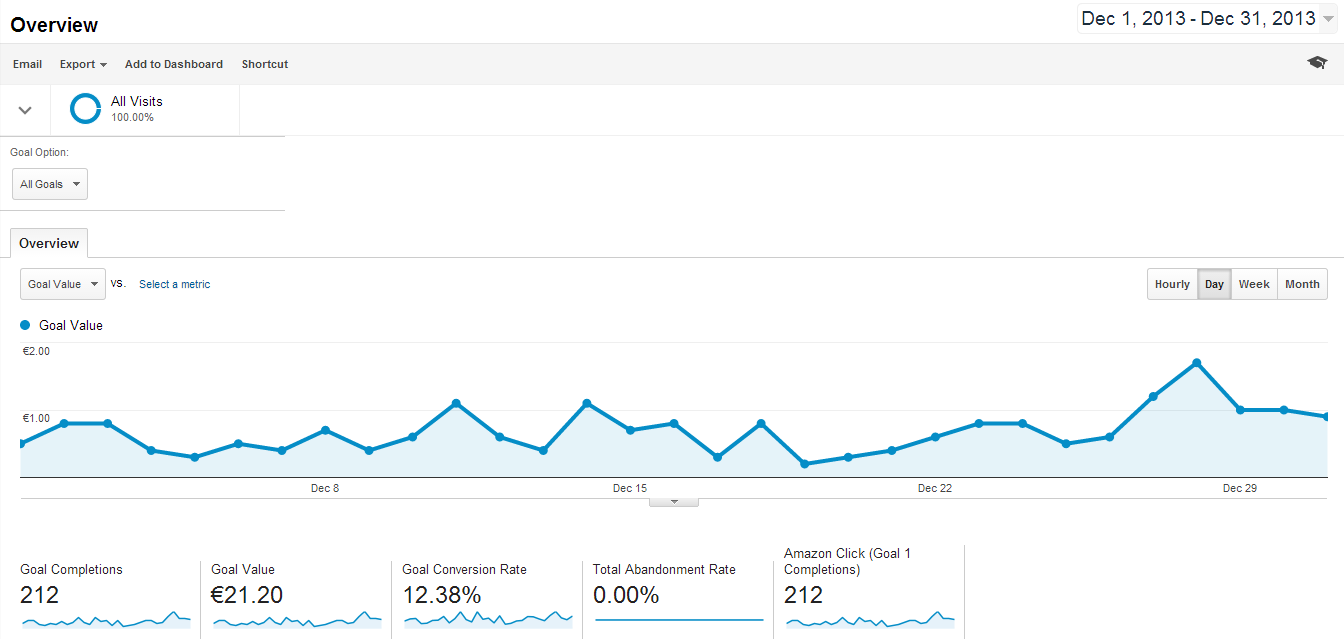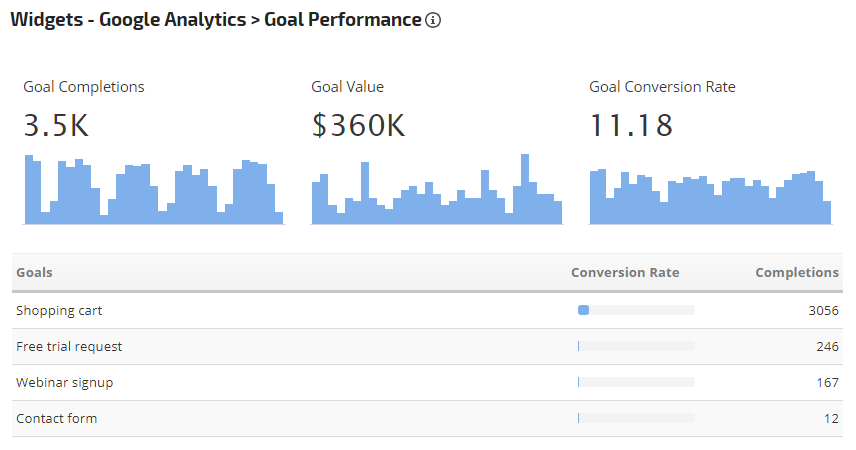What Data Is Google Analytics Goals Unable to Track: A Total Overview
What Data Is Google Analytics Goals Unable to Track: A Total Overview
Blog Article
Discover the Limitations of Google Analytics Goals: Revealing the Information Types That Remain Untrackable
As companies increasingly depend on data-driven decision-making, recognizing the restrictions of devices like Google Analytics becomes vital. While Google Analytics Goals deal valuable insights into individual communications, there exist information kinds that thwart tracking, positioning challenges to a comprehensive understanding of customer habits. These untrackable data types increase questions concerning the precision and efficiency of the analytics information that organizations greatly trust for their digital methods. Curious to uncover the hidden dead spots in your data analysis procedure?
Incomplete Customer Journey Tracking
Insufficient customer trip monitoring within Google Analytics can impede the capacity to properly evaluate individual habits. When the customer journey is not completely tracked, there are spaces in the data that stop an extensive understanding of exactly how users communicate with a web site. This lack of understanding can lead to missed opportunities for optimization and renovations to the user experience.
One usual concern with insufficient user trip tracking is the failure to see the full course that users take before finishing an objective or leaving the site. Without this details, it is challenging to determine where individuals might be running into obstacles or rubbing points that stop them from transforming. Furthermore, incomplete tracking can cover the effect of particular marketing efforts or website modifications on customer behavior.
To resolve this limitation, it is vital to establish up correct tracking mechanisms within Google Analytics to catch the entire individual journey. This may include establishing event tracking, objective funnels, or using devices like Google Tag Manager to ensure that no vital communications go unrecorded. By getting a detailed view of the user journey, website owners can make more informed decisions to boost individual involvement and drive conversions.
Attribution Challenges
Browsing through attribution difficulties in Google Analytics calls for a complete understanding of exactly how different touchpoints add to the overall conversion process. Attribution difficulties emerge from the complexity of modern-day consumer trips, where individuals communicate with multiple channels prior to converting. Google Analytics gives various acknowledgment models like first touch, last touch, and linear, each offering a different viewpoint on how credit rating is assigned to touchpoints along the conversion path. Nonetheless, these designs might not always properly show real impact of each touchpoint on the conversion.
One common attribution difficulty is the problem in attributing conversions to the correct source, specifically in cases where users engage with numerous channels before transforming. In addition, cross-device monitoring presents an additional acknowledgment obstacle, as customers often switch over between tools during their trip, making it challenging to track their communications seamlessly.
Offline Conversions
Provided the obstacles related to attributing conversions properly in online channels, the dimension of offline conversions provides a significant opportunity for marketing experts seeking a much more extensive understanding of their consumers' journey. Offline conversions describe actions that clients absorb the physical globe, such as making purchases in brick-and-mortar shops or over the phone, going to events, or involving with published products - what data is google analytics goals unable to track. These conversions are critical for organizations that operate both online and offline, as they give useful insights right into the effectiveness of advertising and marketing projects across numerous touchpoints
Tracking offline conversions commonly positioned a substantial obstacle for online marketers, as it was challenging to attach these activities back to specific on-line interactions accurately. With improvements in innovation, such as the combination of CRM systems, one-of-a-kind identifiers, and promo code codes, services can currently link the void in between online and offline information to obtain a much more holistic sight of customer habits. By properly measuring offline conversions, online marketers can maximize their methods, allot resources much more effectively, and ultimately enhance the general client experience.
Cross-Device Monitoring
Cross-device tracking plays an essential role in comprehending the interconnected nature of consumers' digital interactions throughout multiple tools. In today's omnichannel globe, where individuals flawlessly change between tablet computers, smartphones, and desktops, tracking their behavior across these tools is important for marketing professionals to gain a detailed sight of their client trip.

Moreover, personal privacy problems and policies such as GDPR and CCPA have further complicated cross-device monitoring. With customers requiring even more control over their data and boosted limitations on tracking technologies, marketing professionals must find ingenious and privacy-compliant methods to attach customer interactions throughout tools.
Dynamic Web Content Involvement
Comprehending individual engagement with vibrant material is crucial in maximizing electronic advertising and marketing strategies for improved audience communication. Dynamic web content describes internet site components that change based on customer actions, preferences, or various other factors, providing a personalized experience. Tracking individual interactions with vibrant material postures difficulties for typical analytics tools like Google Analytics.
While Google Analytics can track basic communications like clicks and page sights, it might struggle to capture even more nuanced engagements within vibrant web content. what data is google analytics goals unable to track. Metrics such as time learn this here now invested in details dynamic elements, hover actions, or interactions within pop-ups are often not easily measurable utilizing standard click here to read tracking approaches. This restriction impedes marketing professionals' capacity to completely understand just how users are engaging with dynamic content and customize their techniques accordingly

Conclusion
To conclude, Google Analytics goals have limitations in tracking incomplete user journeys, connecting conversions properly, capturing offline conversions, tracking cross-device interactions, and determining vibrant material engagement. These restraints highlight the relevance of exploring added monitoring methods and devices to gain a much more detailed understanding of individual actions and conversions beyond what Google Analytics can supply.
While Google Analytics Goals deal useful understandings into user communications, there exist information kinds that avoid tracking, presenting obstacles to a thorough understanding of individual actions.Incomplete user trip monitoring within Google Analytics can impede the capacity to properly analyze customer habits. When the customer trip is not totally tracked, there are gaps in the information that stop a thorough understanding of exactly how customers interact with a site.One usual issue with incomplete customer journey monitoring is the failure to see the complete path that customers take before completing a goal or leaving the site. By acquiring a detailed great site view of the individual journey, web site proprietors can make more informed decisions to improve user engagement and drive conversions.
Report this page